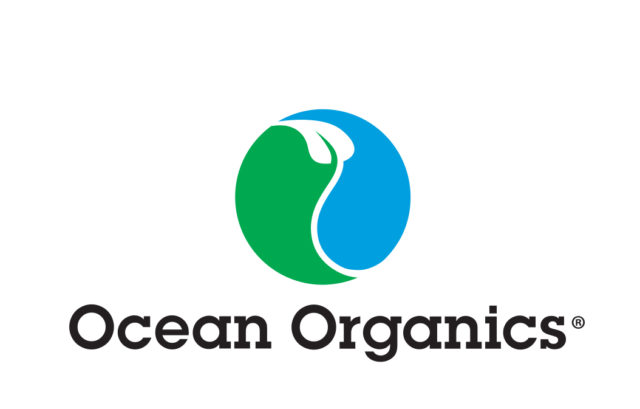Agricultural Research Service (ARS) soil scientist Dennis Corwin, at the agency's U.S. Salinity Laboratory in Riverside, California, and his colleagues conducted their investigation on a private 80-acre field with crusted saline-sodic soils and extremely poor drainage.
The researchers installed tile drains for channeling subsurface leachate from the field and then began irrigating with the wastewater, which typically contains elevated levels of selenium, salt, and traces of arsenic, boron, and molybdenum.
 The scientists collected soil samples at 1-foot depth increments five times during the 12-year study. After they began irrigating, the scientists were able to establish a forage crop on the field just two years after the study began.
The scientists collected soil samples at 1-foot depth increments five times during the 12-year study. After they began irrigating, the scientists were able to establish a forage crop on the field just two years after the study began.
The researchers found the irrigation wastewater leached salts and trace elements below the root zone, which resulted in an overall decrease in levels of salts, boron, and molybdenum through the root zone. This leaching led to a significant and rapid improvement in soil quality.
From 1999 to 2004, salinity decreased 21 percent, boron decreased 32 percent, and molybdenum decreased 67 percent in the top four feet of the soil profile. The decrease gradually leveled off by 2009.
But in the last two years of the study, drought conditions severely reduced available drainage water supplies in the San Joaquin Valley. As a result, irrigation was halted at the site and rain became the only source of water that the field received.
During this two-year period, salts, soil acidity, and levels of boron, molybdenum, and selenium increased throughout the soil profile. Soil salinity almost reached its former level, while soil acidity and selenium levels exceeded them. In a little less than two years after irrigation stopped, the soil had nearly returned to its original poor quality.
Corwin published his results in 2012 in the Journal of Environmental Monitoring. Read more about this research in the April 2013 issue of Agricultural Research magazine. FG
Read more about this research in the April 2013 issue of Agricultural Research magazine. FG
—From USDA news release
PHOTO
This sequence of photos shows how applications of irrigation wastewater to a field with degraded soil resulted in a significant and rapid improvement in soil quality so it supported a healthy stand of livestock forage. The field reverted to its former degraded condition just two years after the irrigation stopped, suggesting that irrigation wastewater is a resource not to be wasted. Photos courtesy of the USDA.








